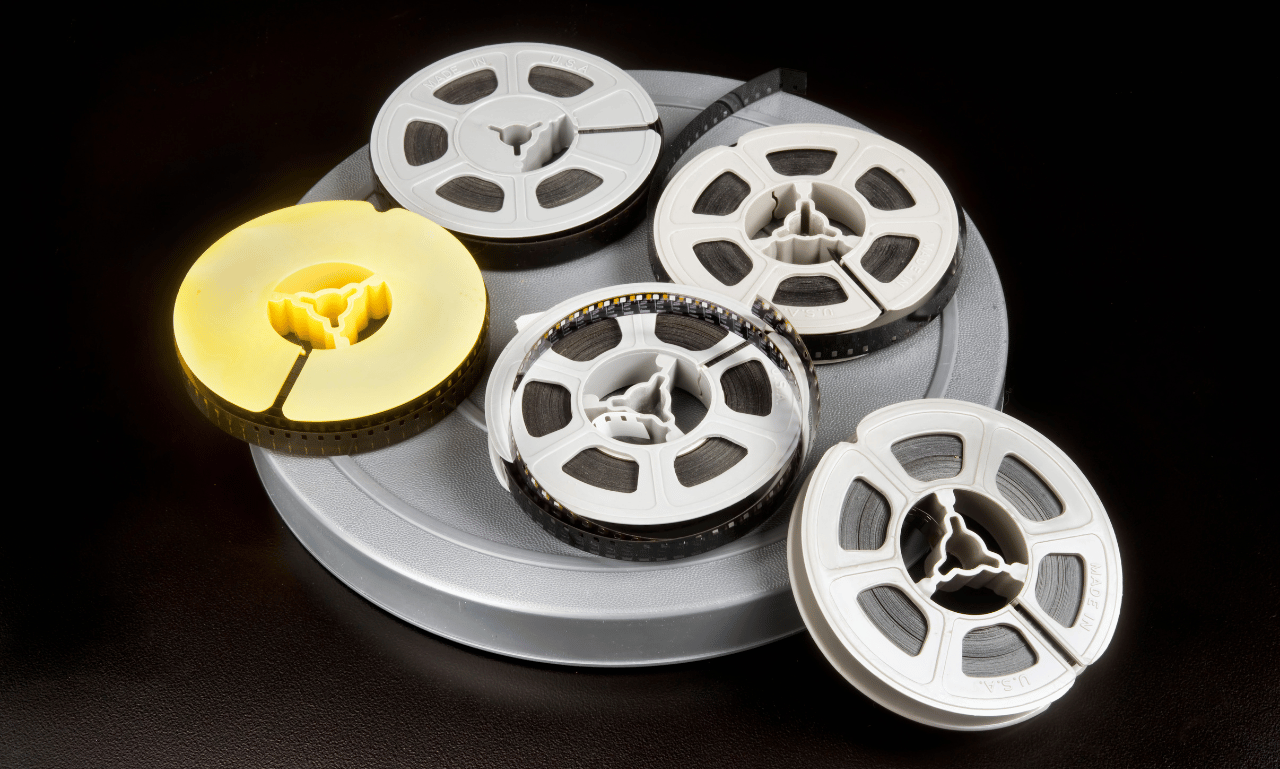Isn’t it exciting to stumble upon a dusty box in your attic filled with old 8mm films? These celluloid reels capture priceless moments from the past – childhoods, holidays, birthdays, and more. But before you dig into this historical treasure, there are certain aspects you must understand, especially if you plan to view or preserve them. From understanding the state of your 8mm films to their proper handling and storage, here’s what you need to know.
The State of Your 8mm Films
Table of Contents
Introduced in the 1930s, old 8mm film cameras were popular for home movies. Today, these 8mm films are antiques. Despite their age, you may be pleasantly surprised at the richness of content they still hold. However, there’s a flip side – age and improper storage can result in film decay, often identified by a strong vinegar smell, shrinkage, or brittleness. If your films show such signs, it’s recommended to seek professional help for restoration.
Viewing Your 8mm Films
So, how about viewing 8mm films that have been idling for years? Well, it requires a bit of effort. 8mm films cannot be played on your modern DVD player or computer. Instead, they require a film projector compatible with 8mm film reels. If you don’t have one, you could consider purchasing or renting one. Alternatively, several businesses specialize in converting 8mm films to digital formats, which can then be viewed on a plethora of digital devices.
When viewing 8mm films, do so in a controlled environment. Avoid bright lights which can damage the film. Always inspect the film for any physical damage before running it through a projector. If the film seems brittle or has visible damage, refrain from playing it to prevent further harm.
How to Handle and Store Your 8mm Films
While viewing your old films can be a delightful trip down memory lane, how you handle and store them post-viewing is equally important. Remember, these films are delicate, especially if they’ve survived decades. Always wear cotton gloves when handling to prevent oils from your skin from damaging the film. Hold them by their edges and try not to touch the film surface.
Storage is crucial for the longevity of 8mm films. They should be kept in a cool, dry place, away from direct sunlight or extreme temperatures. Acid-free film cans or archival boxes are ideal for storage. Before packing away, ensure the film is properly wound on its reel but not too tightly. A too-loose or too-tight wind can result in deformities over time.
Moreover, consider making digital copies of your 8mm films. Not only does this allow for easy viewing, but it also serves as a backup if the physical film degrades over time.
Conclusion
The old 8mm film cameras might not be in use today, but the reels they created continue to be valuable tokens of history. While viewing 8mm films can be an enthralling experience, it’s vital to handle and store them appropriately to preserve their quality and longevity.
If you’ve got a treasure trove of 8mm films at home, you are a custodian of irreplaceable moments frozen in time. Treat them with the respect they deserve, and they’ll continue to tell their stories for generations to come.

